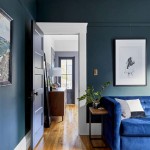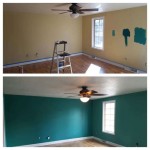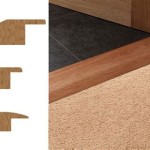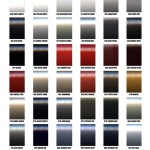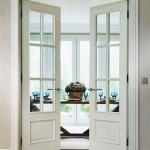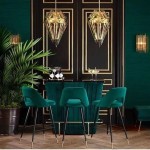Fee Structures for Interior Design Services
Interior design is a multifaceted profession that transforms spaces into functional and aesthetically pleasing environments. When engaging an interior designer, understanding their fee structure is crucial for budgeting and managing expectations. This article provides a comprehensive overview of common fee structures used in the interior design industry, outlining their benefits and drawbacks.
Hourly Rate
The hourly rate is a straightforward fee structure where clients are charged for the designer's time spent on the project. This approach offers flexibility and transparency, as clients can track the progress of their project based on the hours billed. However, it can be difficult to estimate the total project cost upfront, particularly for complex projects with unforeseen challenges. Additionally, this structure may not be suitable for clients seeking a fixed budget.
Flat Fee
The flat fee structure involves a pre-negotiated lump sum payment for the entire project. This approach provides clients with a clear and predictable budget, eliminating the risk of fluctuating costs. However, it requires the designer to accurately estimate the scope and complexity of the project beforehand. Any unforeseen changes or additions could lead to additional charges, potentially causing friction between the designer and client.
Project Fee
The project fee combines elements of both hourly and flat fee structures. It involves a pre-determined percentage of the project's total budget, which is allocated to the designer's services. This structure offers both transparency and a fixed budget framework. The percentage typically varies depending on the project's scope and complexity, usually ranging from 10% to 20% of the overall budget.
Retainer Fee
The retainer fee is a non-refundable upfront payment that secures the designer's services for a specified duration. This approach is often used for larger-scale or long-term projects. It provides clients with dedicated access to the designer's expertise and ensures their project remains a priority. The retainer fee covers specific deliverables, such as initial consultations, schematic design, or ongoing project management.
Cost Plus Fee
The cost-plus fee structure involves charging clients for the designer's time and expenses, plus a markup percentage for profit. This approach allows for greater flexibility and adaptability throughout the project. However, it can be challenging to track and manage the associated costs, especially for complex projects with numerous vendors and subcontractors.
Considerations for Choosing a Fee Structure
Selecting the appropriate fee structure for an interior design project depends on various factors, including the project's scope, complexity, budget, and client's specific requirements. Consider the following:
Project Scope and Complexity
For large-scale or complex projects with multiple phases and stakeholders, hourly rates or project fees may be more suitable. These structures provide flexibility to adjust the designer's time and effort as the project evolves. For smaller, simpler projects with well-defined goals, a flat fee may be more appropriate.
Budget Constraints
Clients with strict budgetary limitations may prefer fixed-fee structures, such as flat fees or project fees, to ensure predictable costs. Hourly rates or cost-plus fees could lead to budget overruns if not managed carefully. However, consider the potential trade-offs in flexibility and adaptability when choosing a fixed-fee approach.
Client Preferences
Ultimately, the best fee structure aligns with the client's preferences and needs. Open communication with the designer is essential to understand the different structures, their advantages, and disadvantages. Discuss budgetary expectations, preferred level of involvement, and desired level of control over the project. The designer should be transparent about their fees and provide detailed breakdowns for each structure.
Conclusion
Understanding the various fee structures used by interior designers is critical for informed decision-making. By carefully considering the project scope, budget constraints, and personal preferences, clients can choose the fee structure that best suits their needs and ensures a successful and enjoyable design process.

The Complete Guide To Structuring Interior Designer And Architect Fees Part 1 Types Of Services Corresponding

Fee Schedule For Interior Designers Capella Kincheloe

Interior Design Fees Infographic

The Complete Guide To Structuring Interior Designer And Architect Fees Part 1 Types Of Services Corresponding

Fee Schedule Template For Interior Designers Calculator Payment Client Templates

Template File For Interior Designers And Architects To Use When Estimating Design Fees

The Final Guide To Interior Design In Malaysia You Ll Ever Need Latitude Bespoke A K

25 Interior Design Proposal Templates Business Template Example

Architect Fee Schedule For Luxury Dream Home Plans

How Does An Interior Designer Their Time Fee Structure
Related Posts

